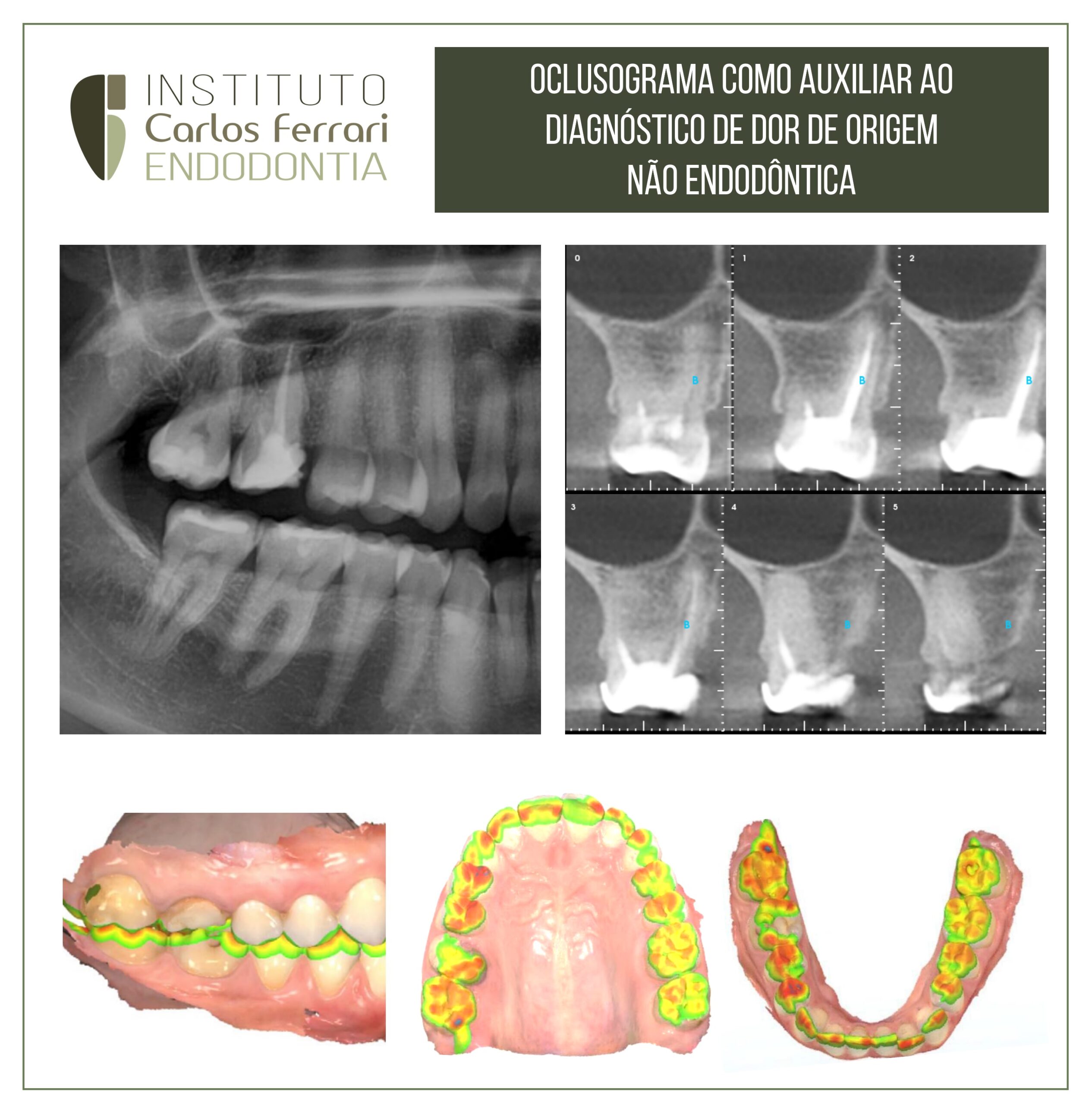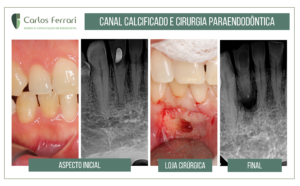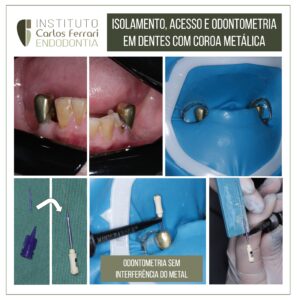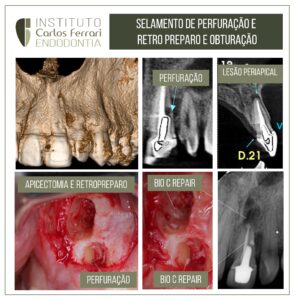Ocluisogrtama no diagnóstico de dor orofacial e tratamento urgêncial por ajuste oclusal.
Paciente sexo feminino, 35 anos, encaminhada por especialista, que relatou tratamento endodôntico sem sucesso no preparo dos canais vestibulares do dente 16, há cerca de 2 anos. A paciente queixava-se de dor difusa na região superior direita, sem qualquer resultado positivo aos testes de percussão e palpação e testes térmicos normais nos dentes com vitalidade.
A tomografia não revelou qualquer imagem hipodensa periapical nas raízes tratadas parcialmente, nem qualquer inflamação da membrana sinusal.
O oclusograma revelou maior carga oclusal principalmente nos prés molares direitos.
Foi realizado então ajuste oclusal e a paciente relatou desaparecimento dos sintomas.
URGÊNCIAS ODONTOLÓGICAS ASSOCIADAS À DOR DE ORIGEM PULPAR E/OU PERIAPICAL: UMA REVISÃO DE LITERATURA
DENTAL EMERGENCY ASSOCIATED WITH PULP AND/ OR PERIAPICAL ORIGIN PAIN: A LITERATURE REVIEW
Cassol et al. Rev Fac Odontol Univ Fed Bahia 2021; 51(2): 69-81
O principal motivo para os pacientes procurarem atendimento odontológico de urgência nos serviços públicos e nas faculdades é a presença de dor . A dor que se origina nos dentes é um sintoma que pode ser referido ou estendido a outras estruturas. A precisão com que o paciente descreve a dor depende da extensão do processo inflamatório. Se a inflamação estiver contida na polpa, o paciente irá caracterizar a dor pela sua intensidade e durabilidade. No entanto, se a inflamação atingir o ligamento periodontal, será mais fácil para o paciente determinar a origem da dor, uma vez que essa estrutura contém fibras sensoriais proprioceptivas.
As urgências odontológicas ambulatoriais mais comuns estão associadas à dor dental, com ou sem infecção e acometem principalmente adultos entre 20 a 74 anos. Estas urgências geralmente não são conclusivas e requerem novo atendimento em 71,8% dos casos. É evidente que se não realizado tratamento posterior, um novo quadro de urgência poderá se instalar5 . A grande demanda pelo atendimento de urgências é decorrente da dificuldade de acesso da população aos serviços de saúde. Sendo o atendimento de urgências prioritário, o paciente que não consegue acessar o serviço para seu tratamento de rotina, acaba por buscar esse atendimento como uma porta de entrada para ver solucionado o seu problema de saúde bucal, mesmo que não se enquadre nos padrões conceituais da urgência.
Assim, aqueles que se queixam de dor possuem uma maior chance de serem atendidos do que aqueles que não manifestam sintomatologia. O alívio da dor, as infecções dento-alveolares e o trauma são as principais demandas nos serviços de urgências odontológicas Nem sempre os cuidados com saúde bucal são priorizados pelos pacientes, especialmente pela falta de acesso a
serviços básicos de saúde. Assim, serviços de urgências devem ser colocados como uma prioridade dos programas em saúde bucal
existentes no país.
É imprescindível portanto, que os profissionais estejam informados dos aspectos epidemiológicos e referentes a melhor abordagem terapêutica das patologias pulpares e periodontais, promovendo prevenção e facilitando o diagnóstico e tratamento das doenças odontológicas. Desta forma, o objetivo deste estudo é revisar a literatura pertinente sobre a epidemiologia e tratamento das urgências odontológicas associadas à dor de origem pulpar e/ou periapical.
Oclusograma no diagnóstico de dor orofacial





